Identifying the core competencies of backup nurses in the acute care hospital through a modified Delphi process†
Yan-Ying Feng, Guang Shi*,, Xi-Mei Huang
Department of Nursing Administration, Guangzhou Panyu Central Hospital, Guangzhou, Guangdong 511400, China
Abstract: Background: The backup nurses are created to meet emergencies in the case of inadequate nursing staff and emergency circumstances, and there are no clear definitions of the core competencies for training and evaluation of backup nurses in the acute care hospitals in China.Methods: This study used a modified Delphi process where an initial list of potential competencies is established following a framework of training need analysis (TNA), literature review, and focus groups. This process generated as a list of 47 core competencies, which is presented to an expert panel (n = 20) for consideration in two rounds.Results: As determined by the survey, a combination of 26 core competencies in three specified categories is identified: professional practice ability, critical thinking ability, and interpersonal skills. A total of 154.99 h is required to complete all 26 core competencies, and each item has a corresponding evaluation method.Conclusions: The core competencies provide a scientific basis for the hospital nursing managers to train and evaluate backup nurses, and it may ensure consistency in standards across the country.
Keywords: acute care hospital · core competencies · Delphi · emergencies · nurses © Shanxi Medical Periodical Press.
1. Introduction
The backup nurse team is created to meet emergencies in the case of inadequate nursing staff and emergency circumstances, and who are managed, used, and deployed by the nursing administration.1The work tasks of backup nurses mainly include temporary supplement when the department is obviously lacking in nursing staff: to complete nursing tasks for major emergencies and to complete health care tasks outside the hospital.2Backup nurses play an important role in responding to the shortage of nursing staff and emergency circumstances.
At present, studies on backup nurses are mostly focusing on operations, such as methods of team building, types of nurse for screening, deployments of human resources, etc. There are few studies on the capacity training of backup nurses themselves.1-4However, the work of backup nurses is urgent and unpredictable. It requires quick responses and strong adjustment skills in emergencies. The competency of backup nurses directly affects the emergency treatment efficiency of the hospitals and their expertise in handling emergencies.5,6However, one of the important tasks of the nursing manager is to choose the appropriate nurses and make them qualified for this job.7Therefore, how to explore the potential of backup nurses and how to improve the competencies of backup nurses is a very important requirement for the training of backup nurses.
Duan and Yang8found that backup nurses have insufficient knowledge required for intensive care, lack of corresponding specialized nursing knowledge, and are relatively passive to cope with the emergency situations. Kang et al.9proposed that the training of backup nurses should be closely integrated with clinical practice to better improve emergency response capabilities, such as video teaching, scenario simulation (SS), and other practical teaching methods. Wen and Jing10used Delphi and qualitative research methods to construct a syllabus to train the backup nurses, but there are still some operational obstacles in the process of conversion practice. Xie and Sun11conducted professional training for backup nurses in accordance with the standards of general medicine nurses.
The aforementioned studies showed that there was a great need for backup nurses with emergency handling capabilities in clinics. The plans to train them were not perfect, however, to better solve these problems, we need to identify the core competencies and establish a set of scientific training and evaluation system especially for backup nurses. This study builds a training model on the basis of training need analysis (TNA). Compared with similar research in China in the past, it not only explored the content of training courses for backup nurses, but also increased the training methods (theoretically or practically), training hours, and evaluation methods.
2. Methods
The Delphi technique was applied in the study, which consists of a series of sequential questionnaires to collect the opinions of a group of participants and then gain the most reliable consensus in each stage about a given issue.12The Delphi method has been described in detail in many studies.13-16Briefly, a Delphi study uses a panel of experts who answer questionnaires in two or more rounds. Between each round, the facilitator shares anonymous feedback from the experts and develops a revised questionnaire which takes the expert feedback into account.16The goal of the method is that the experts will reach a consensus that is more accurate than any of their original perspectives. Moreover, since the process is anonymous and asynchronous, it is less likely to be dominated by particularly vocal or persuasive experts, allowing each expert to share his or her perspective without being influenced by the other experts.
The Delphi method has been used widely in clinical guideline development, public health, and healthcare applications, and it is also been effective in informatics research.17-29We selected it for our study because of its strong performance and the fact that it does not require inperson collaboration, given that our experts were geographically distributed.
2.1. Study design
This study used a modified Delphi process where an initial role description and a comprehensive list of potential competencies were established following a framework of TNA, literature review, and focus groups. These were presented to an expert panel for consideration in two rounds.
2.1.1. Theoretical framework
The framework of TNA guided this study.30We set up a research framework for TNA as shown in Figure 1: The first quadrant is a macro-instrumental requirement, such as basic nursing skills, technology skills, drug knowledge, etc. These skills will be dramatically improved after short-term training and are fundamental requirements for the backup nurses. The second quadrant is a macro-expression requirement, such as nursepatient communication skills, teamwork, nurse stress adjustment, etc., and they will not show their effects immediately, but will help to improve the backup nurse team gradually. The third quadrant is a micro-expressive requirement, such as research training, nursing management and policy awareness. The fourth quadrant is a micro-instrumental requirement that provides nursing training only for certain special diseases.
2.1.2. Initial identification of core competencies of backup nurses
Initially, 47 items were selected and circulated to experts in the first round of the modified Delphi questionnaire to identify the core competencies of backup nurses. There are 5 categories and 15 secondary entries (Figure 2).
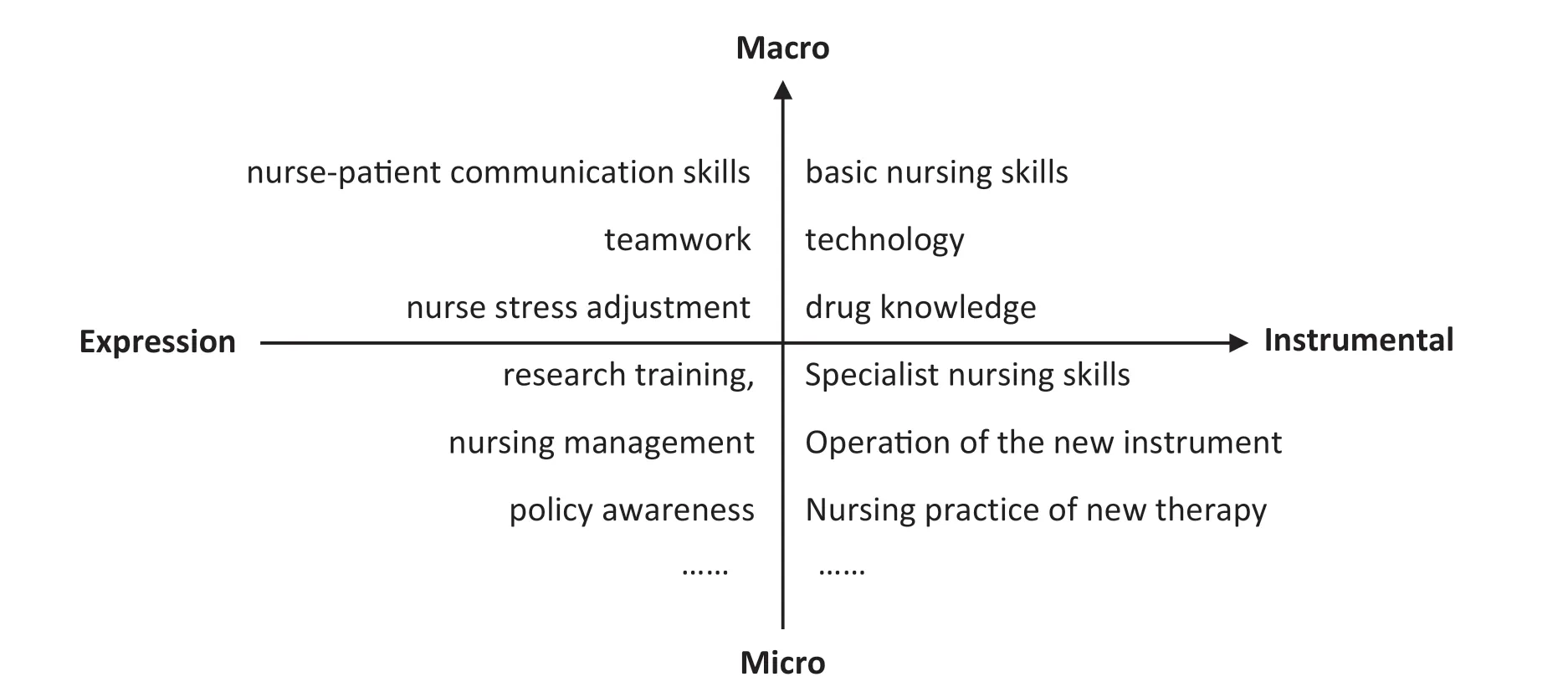
Figure 1. The framework of TNA. TNA, training need analysis.
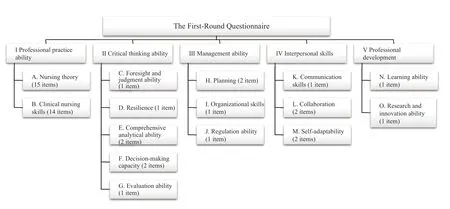
Figure 2. The first-round of modified Delphi questionnaire.
2.2. The Delphi panel
A purposive sampling was used to recruit a panel of experts. An expert was defined as a registered clinician and nurse who is working in Emergency Room (ER) or Intensive Care Unit (ICU), nursing manager who is responsible for policy making, and medical educator with >15 years working experiences, at mean while each expert must be proficient in the theoretical knowledge of this profession and has rich practical experience. It is a heterogeneous panel to make sure the study benefitted from the diversity of participants’ experiences and opinions. The survey rounds were conducted between December 2017 and March 2018. If a participant had not completed the round at this point, without advance notification, they were excluded from further rounds of the process.
2.3. Data collection
Each indicator consisted of a series of competencies which the respondent could rate the importance of each research priority on a 5-point Likert scale (1 = low importance to 5 = high importance). In the first round, experts in the panel were also asked whether additional competencies were required. For the role description, each expert was asked whether they agreed with it or whether modifications were needed. At the same time, learning duration and evaluation method for each item were set. The Delphi process is an iterative process that uses repeated communication to refine expert opinion on the topic and move toward an acceptable level of agreement.
2.4. Data analysis
The results were statistically analyzed using SPSS 21.0 software and Excel 2016. Enumeration data is expressed in frequency and percentage, measurement data is expressed in mean and standard deviation (SD), and the degree of coordination of expert opinions is described by the coefficient of variation.P <0.05 means the difference is statistically significant. In the first round of the study, the items were selected to ensure the importance assignment mean 3.80 and the coefficient of variation 0.30. The second round of item screening is to provide the importance assignment mean 4.00 and the coefficient of variation 0.20 as the standard. In addition, the items were screened in combination with expert opinions.
3. Results
In the 23 experts invited to the study, 20 agreed to participate, and three declined (two were too busy, and one had technical issues of the survey software). The first round of surveys was completed by all the 20 experts who agreed to complete the survey.
After reviewing and summarizing the feedback from the 20 experts in Round 1, the research team eliminated 19 items, revised 12 items for specificity or clarity, and eliminated 2 categories. Among them, five items are deleted in the clinical professional practice ability category, three items from the judgment thinking ability category, all three items from the management ability category, one item from the interpersonal relationship ability category, and all two items are deleted from the professional development category. We then developed and pilot a test survey instrument which was used for Round 2 survey. The final survey instrument used in Round 2 contained 33 items in three categories.
Among the 20 experts who completed the Round 1 survey, one was recruited to be an additional pilot tester for Round 2. The remaining 19 were invited to complete the Round 2 survey. In the 19 experts invited to complete Round 2, 18 completed the survey.
After collecting Round 2 responses, the results of Round 2 were analyzed as described earlier. Finally, the 26 items of the three categories of professional practice ability, critical thinking ability, and interpersonal skills were confirmed to represent the core competencies of backup nurses.
3.1. The scope of backup nurse training
The scope of backup nurse training, which the experts were asked to choose, included the target selection of backup nurses, department requiring training, employment period, and training period (Table 1).
3.2. Core competencies of backup nurses for professional practice ability
Table 2 shows the core competencies of backup nurses for professional practice ability category. This category included core competencies for nursing theory (6 items) and clinical nursing skills (11 items). Because some items were eliminated during prior rounds, all items in the table should be considered reasonably important. The professional practice ability category is the largest one with 17 listed in it. The aim of the 17 items was to assure that the backup nurses can be involved in rescue missions in emergency situations.
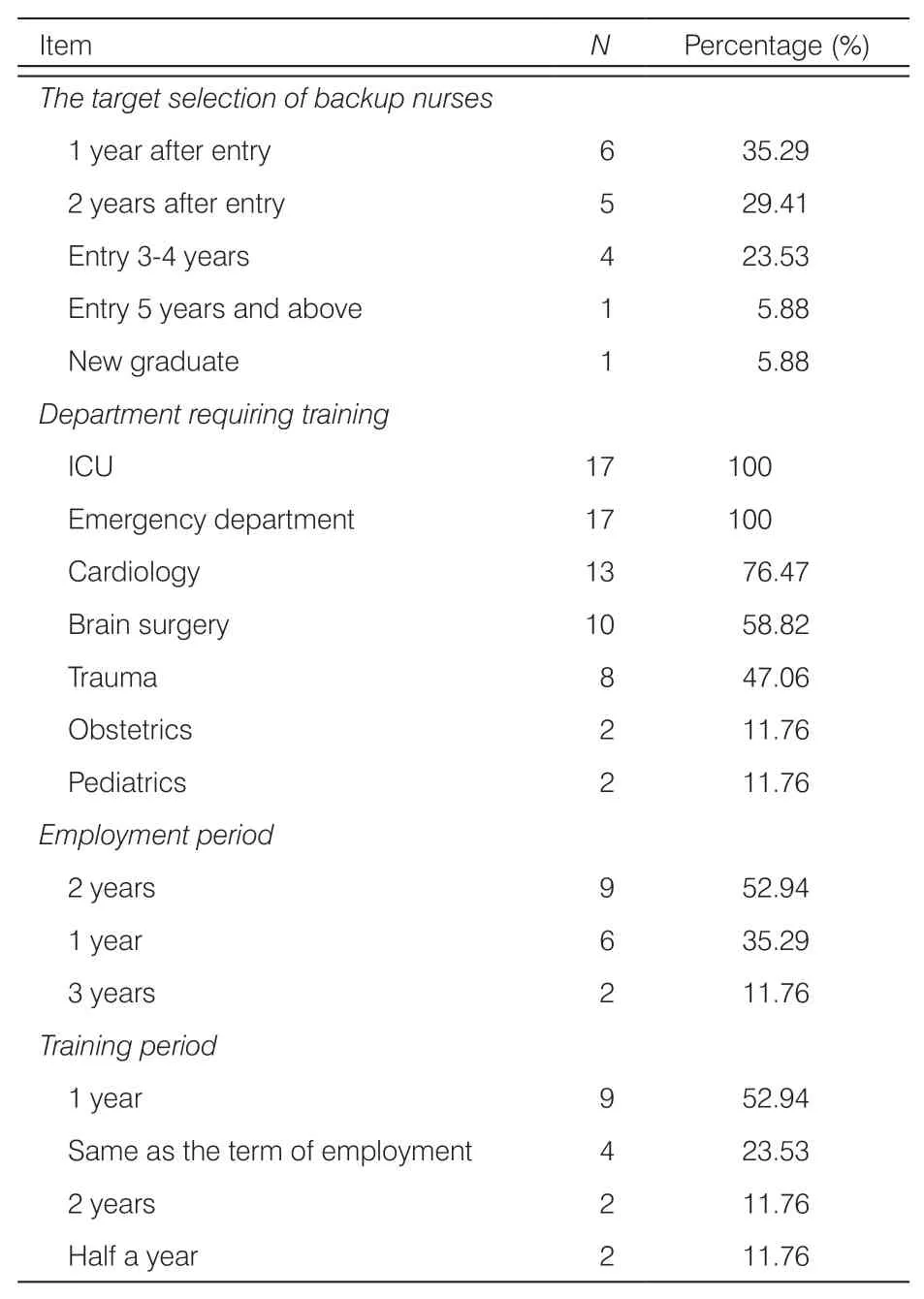
Table 1. The scope of backup nurse training.
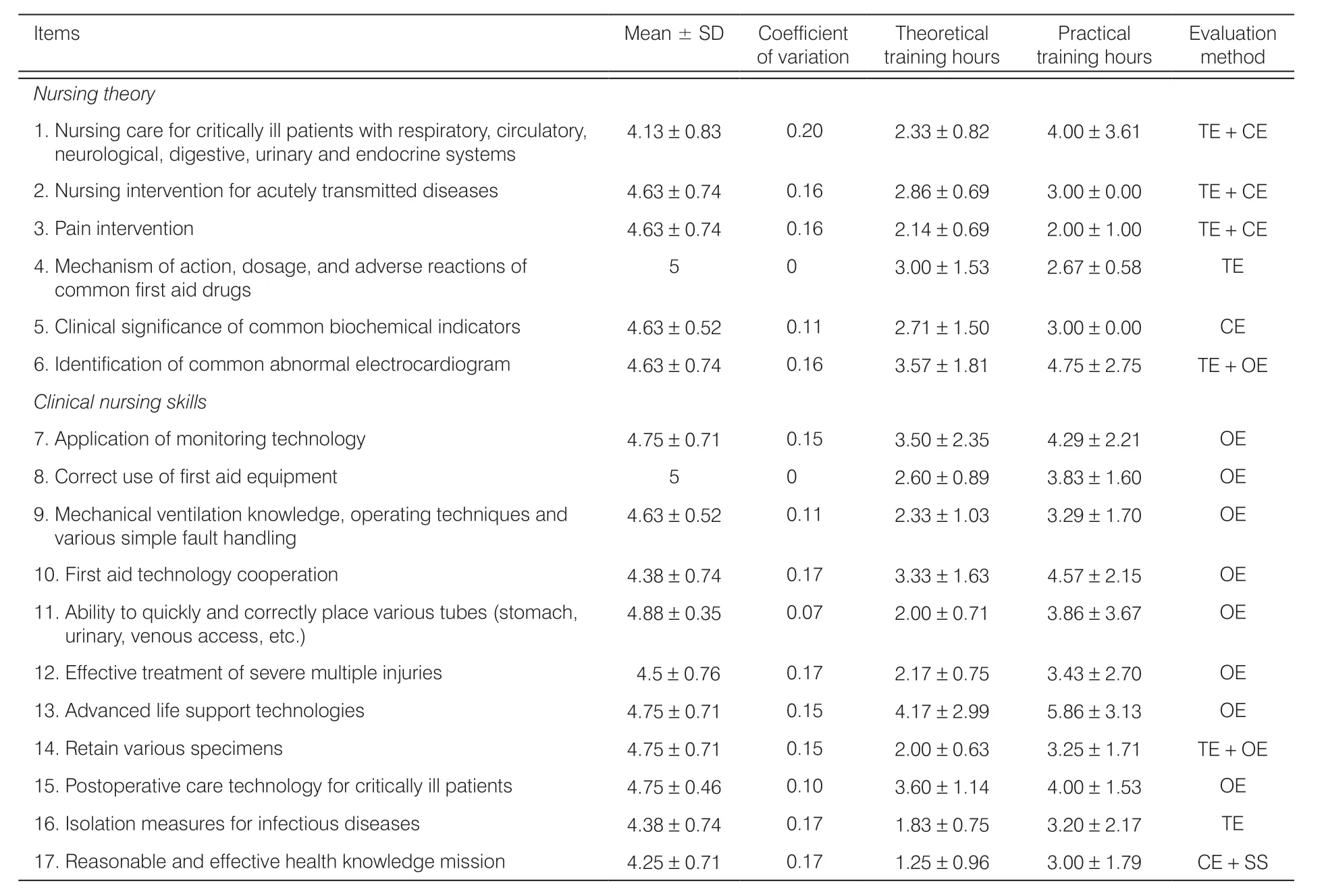
Table 2. Core competencies of backup nurses for professional practice ability.
In terms of duration of training, the theoretical training hours required approximately 45.39 h, with an average of 2.67 h/item. The practical training hours required approximately 62 h, with an average of 3.65 h/item. Regarding the choice of assessment methods, 10 items required operational evaluation (OE), 7 items needed theoretical evaluation (TE), 5 items required case evaluation (CE), and 1 item required SS.
3.3. Core competencies of backup nurses for critical thinking ability
Table 3 shows core competencies of backup nurses for critical thinking ability category. This category included 6 core competencies for foresight and judgment ability (two items), resilience (one item), comprehensive analytical ability (two items), and decision-making capacity (one item). The aim of these six items was to ensure that backup nurses can make correct assessments, judgments, implementations, and evaluations in emergencies.
In terms of duration of training, the theoretical training hours required approximately 15.19 h, with an average of 2.53 h/item. The practical training hours required approximately 22.4 h, with an average of 3.73 h/item.
In terms of the choice of evaluation methods, six items required CE, three items needed SS.
3.4. Core competencies of backup nurses for interpersonal skills
Table 4 shows core competencies of backup nurses for interpersonal skills category. This category included three core competencies for collaboration (two items) and self-adaptability (one item). The main focus of these three items is to ensure that backup nurses have a good communication and cooperation ability in teamwork, and can make reasonable self-emotional adjustments to the stress at work.
In terms of duration of training, the theoretical training hours required approximately 4.65 h, with an average of 1.55 h/item. The practical training hours required approximately 5.25 h, with an average of 1.75 h/item.
In terms of the choice of evaluation methods, one item required peer review (PR), one item needed SS, and one item desired self-evaluation (SE).
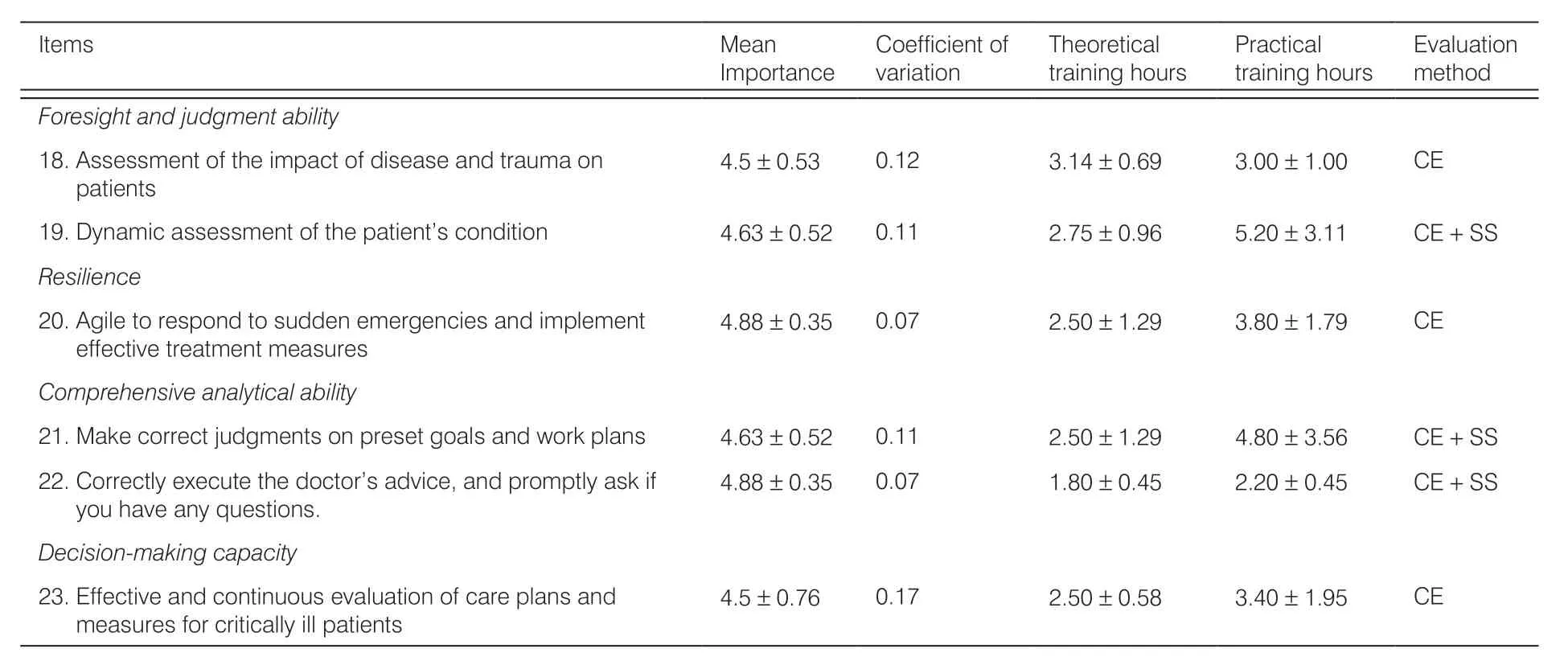
Table 3. Core competencies of backup nurses for critical thinking ability.

Table 4. Core competencies of backup nurses for interpersonal skills.
4. Discussion
4.1. Appropriate candidates and core competencies training are essential for the development of backup nurses
Through a modified Delphi process, a panel of experts reached consensus on 26 competencies and training scope for backup nurses in the acute care hospital.
In the view of accomplishing the sudden and urgent work status of backup nurses, the nature of this role is unstable, and full of uncertainty. It is easy to cause the work pressure on backup nurses. Therefore, the target selection of backup nurses favors younger nurses, and the nurses who have chosen to be employed for 1 year or 2 years is 35.29% and 29.41%, respectively. The recruitment period of nurses should not be too long, better <2 years (52.94%), otherwise it might lead to weak enthusiasm and high turnover rate.
In terms of the support of core competence training, experts believe that backup nurses need to focus on professional practice skills, critical thinking abilities, and interpersonal skills. The management ability categories and professional development categories from the initial questionnaires had a low support. Experts suggest that the main responsibilities of backup nurses are to temporarily supplement the lack of departmental nursing staff and do not require management ability as well as career development ability.
Regarding duration of training, the theoretical training hours required approximately 65.23 h, and the practical training hours required around 89.65 h. It means backup nurses must complete at least 154.88 h of training to complete all 26 core competencies.
To evaluate the effectiveness of backup nurses in core competence trainings the following evaluation methods should be used: 10 items required OE, 7 items required TE, 8 items required CE, 5 items required SS, 1 item required PR, and 1 item required SE. Notably, 9 core competencies needed two evaluation methods.
4.2. Professional practice ability assures that rescue missions can be accomplished well
Professional practice ability category mainly assures that backup nurses can meet requirement of rescue missions in emergencies. It can provide knowledge and skills that guarantees nursing quality, improves the success rate of patient rescue, and also improves patient satisfaction. Experts believe that this is the top priority in the clinical practice due to the nature of the work of backup nurses. However, this category contains 17 core competencies, of which 6 items for nursing theory and 11 items for clinical nursing skills. This category requires 45.39 h of theoretical training and 62 h of practical training, respectively. Experts believed that the theory and CE method should be used in the nursing theory more often and the OE method should be used more in the clinical nursing skills.
4.3. Critical thinking ability enables backup nurses to make correct judgments and choices during tasks
Nurses require insight into their level of performance and need critical thinking skills to be able to provide evidence-based quality patient care.31Research indicates that critical thinking skills are significantly correlated with nursing competence and clinically competent patient care.32Critical thinking ability category in this study included 6 core competencies for foresight and judgment ability (two items), resilience (one item), comprehensive analytical ability (two items), and decisionmaking capacity (one item). The main focus of these six items is to ensure that backup nurses can make correct assessments, judgments, implementations, and evaluations in emergencies. This category required 15.19 h for theoretical training and 22.4 h for practical training respectively. Experts believed that the CE and SS method should be used in this category more often.
4.4. Interpersonal skills help backup nurses to quickly integrate into unfamiliar environments and promote collaboration
Backup nurses are often deployed to unfamiliar positions to deal with emergency situations. It is easy to cause poor work efficiency or medical disputes if the nurses do not have good interpersonal skills. Poor interpersonal skills negative experiences or emotions will also affect the nurse’s work enthusiasm, method, and efficiency. Interpersonal skills category in this study included three core competencies for collaboration (two items), and self-adaptability (one item). The main focus of these three items was to ensure that backup nurses have a good communication and cooperation ability in teamwork and can quickly integrate into the work environment of the support department. And can make reasonable self-emotional adjustments to the stress at work. This category requires 4.65 h of theoretical training and 5.25 h of practical training, respectively. The evaluation method of interpersonal skills was more flexible, including PR, SE, and CE.
4.5. This study provides a scientific basis for the training of clinical backup nurses
In China, no laws or regulations clearly define the role or scope of practice for the roles of backup nurses. Experts suggest that the training of backup nurses should be based on role competencies, focus on practical ability, and adapting to clinical needs. The training content includes the knowledge, skills, and abilities required for the role, and provides corresponding job training, including theoretical study, skill training, and clinical practice.
According to the investigation, different hospital nursing managers have different understandings and focuses on the core competencies required for backup nurses. The ultimate development direction of backup nurses is that general nurses or specialist nurses directly influence the training time, training cycle, and clinical use of backup nurses.
The findings of this study could be relevant to policymakers and nurse researchers working to codify backup nurses’ roles in China and offer insights on how to establish a scientific, feasible, and reasonable educational programs inclusive of local and customary norms. At the same time, the nursing manager should analyze the needs of the hospital for backup nurse roles on the actual requirements of that particular hospital, combine the core competence items of the backup nurses, and formulate a practical and feasible backup nurse training mode to improve the career path of the backup nurses.
5. Conclusions
This Delphi study has allowed a panel of experts to refine and agree on a set of competencies for backup nurses who work in acute care hospitals. It represents an important step toward developing agreed core competencies for the training of backup nurses. It will give clinical services the framework to ensure that backup nurses who are working in acute care hospitals are competent in the essential skills. Also, the roles of backup nurses are clearly defined in this study. At the national level, it provides a scientific basis for the hospital nursing managers to select, train, and evaluate backup nurses, and it may provide consistency in standards across the country.
Limitations
A potential limitation to the Delphi technique is researcher influence on the formulation of the initial statements. However, to minimize this risk, we based initial statements on a review of previous literature as well as the opinion from workshops conducted with a multidisciplinary group of clinicians and lay representatives. This research was not, however systematic, and it was possible that important competencies were missed; however, the Delphi panel members were given (and took) the opportunity to suggest additional competencies. Another possible limitation is that members of the panel may have scored competencies according to their own individual interests; however, panel members were largely selected from groups with a special interest in the health care of emergency treatment.
Acknowledgements
We thank all participants involved in the Delphi survey and consensus meeting. We also thank our clinical colleagues who contributed to the study steering group.
Contributors
All listed authors meet the The International Committee of Medical Journal Editors (ICMJE) criteria for authorship. Guang Shi and Yanying Feng contributed to the conception and design of the study, and Guang Shi organized the database and wrote the first draft of the manuscript. Ximei Huang wrote sections of the manuscript. All authors contributed to manuscript revision, read and approved the submitted version.
Ethical approval
Ethical issues are not involved in this paper.
Conflicts of interest
All contributing authors declare no conflicts of interest.
- Frontiers of Nursing的其它文章
- Application of a perioperative nursing strategy in the surgical treatment of elderly patients: a narrative review†
- Relationship between effort-reward imbalance, job satisfaction, and intention to leave the profession among the medical staff of Qom University of Medical Sciences†
- Inter-Professional-Compassionate pain management during endotracheal suctioning: a valuable lesson from a Chinese surgical intensive care unit
- Evidence-based practice profiles of nurses: a transcultural study†
- Undergraduate nursing students’ experiences of online learning: gaining access in resource-limited circumstances†
- Relationship between spiritual well-being and Health-Related Quality of Life and some related factors in patients with AIDS/HIV

